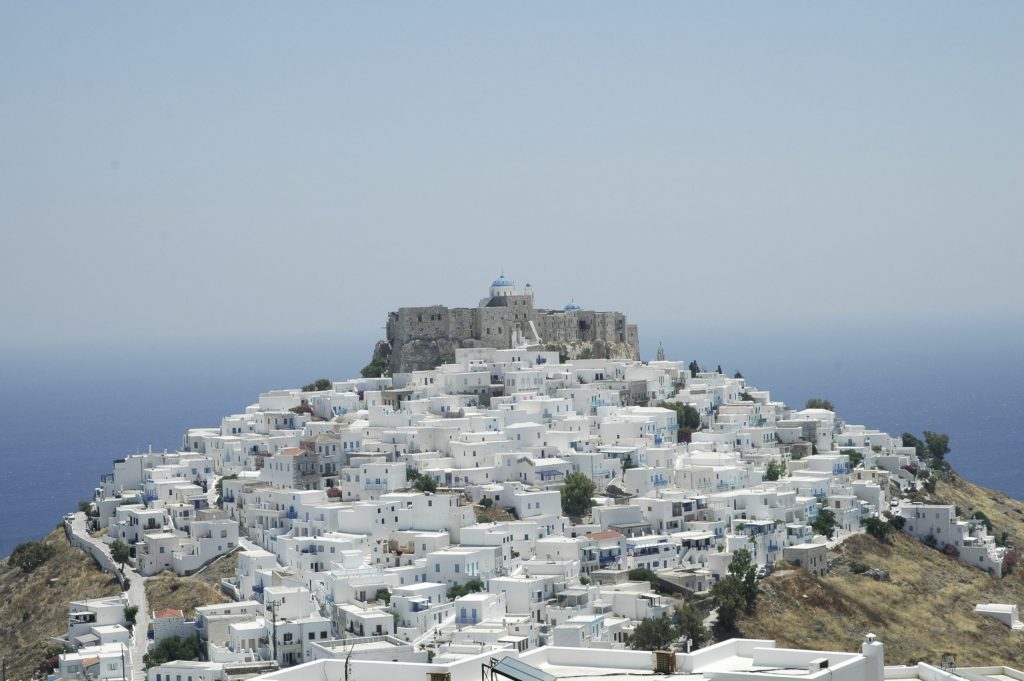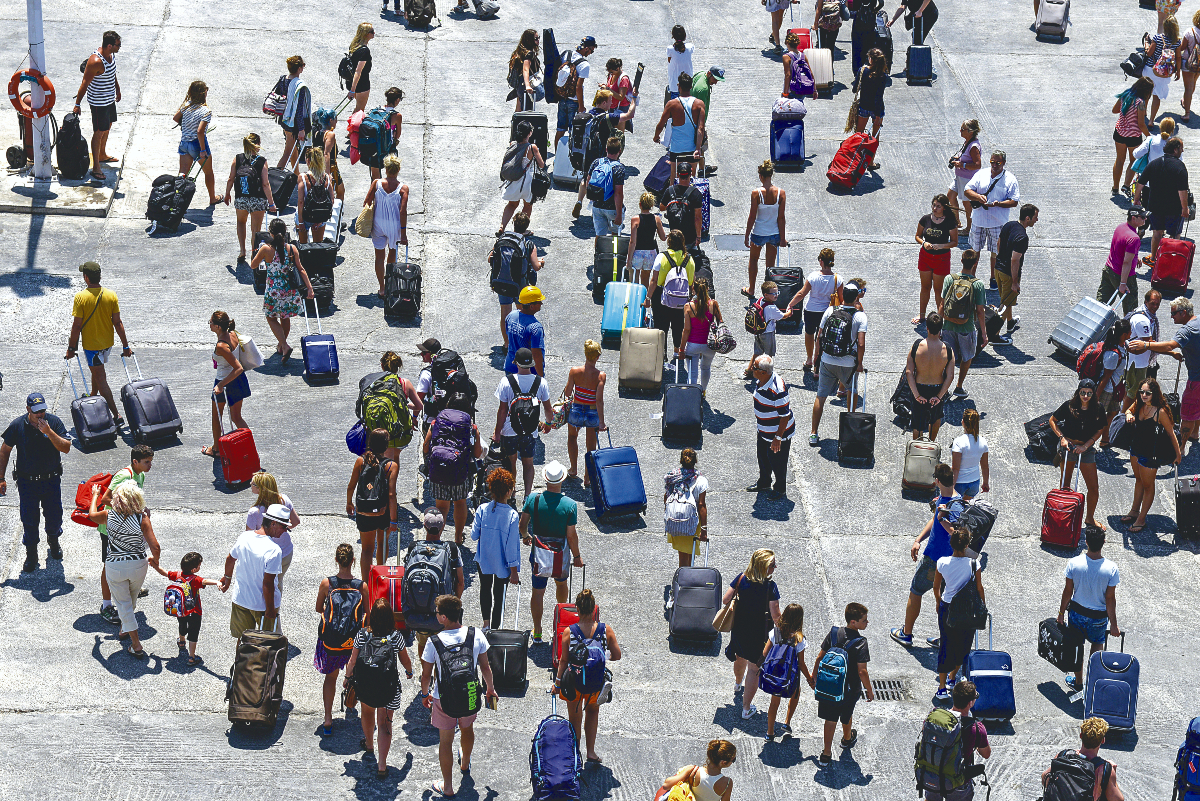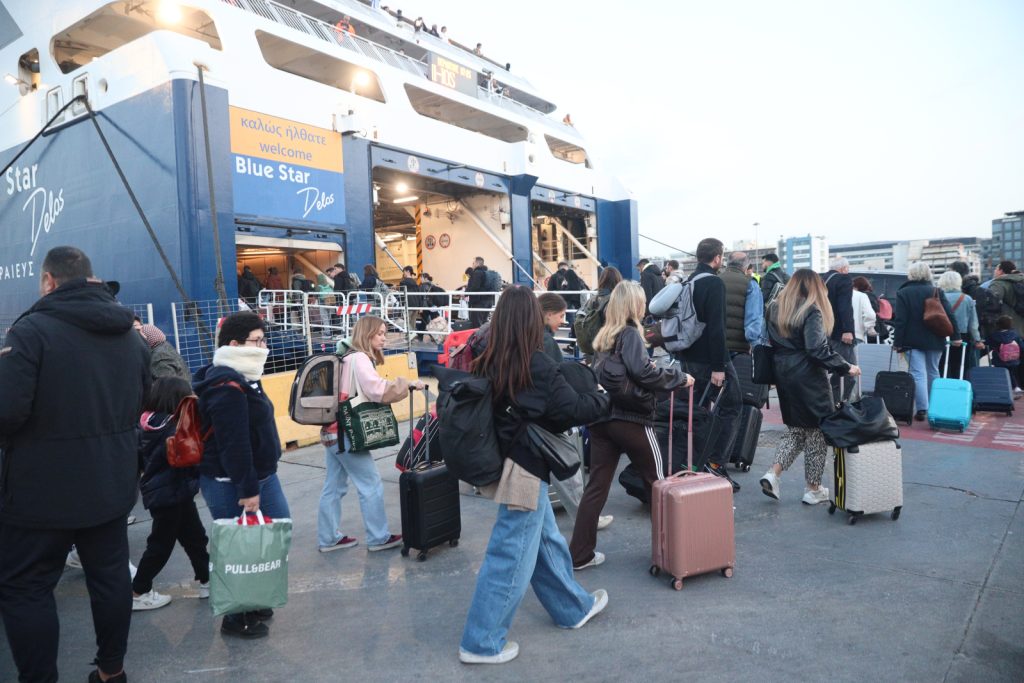Greece has risen as a premier global destination, drawing an unprecedented number of visitors. However, this surge in tourism is straining the infrastructure of popular island resorts and exacerbating pressures on Athens, a city of 4 million residents. The arrival of more than 32 million tourists is significantly impacting local communities and their essential services.
The influx of foreign tourists to the Greek islands is particularly affecting local communities, grappling with escalating challenges such as waste management, water scarcity, inadequate public services, and unauthorized developments.
Initial concerns of overtourism center on the capacity of infrastructure, especially water supply networks, depletion of natural resources, waste management, and the overall burden on popular destinations to effectively accommodate and cater to foreign visitors.
Notably, Santorini’s Caldera faces significant challenges when cruise ships dock, while Naxos’ port, handling over 20 ships daily in August, can only accommodate one large vessel at a time. In Mykonos, authorities are actively addressing illegal constructions by demolishing unlawfully erected bars and restaurants in prime locations using bulldozers.
Meanwhile, in Athens, long queues stretching hundreds of meters form at the entrance to the Acropolis on peak summer days. The city’s central avenues are inundated with tour buses due to the absence of adequate parking facilities.
To alleviate congestion, a visitor zoning program has been enforced at the Acropolis from 8 a.m. to 8 p.m., featuring timed entry slots, electronic ticketing, and fast-track access points for organized groups.
Tourism officials warn that Greece’s challenge with overtourism is evolving, highlighted by a surge in building permits issued in island municipalities last year, particularly in the Ionian Islands, Cyclades, Dodecanese, and Crete.
These trends raise significant concerns among industry professionals about the sustainability of tourism growth in the future.




